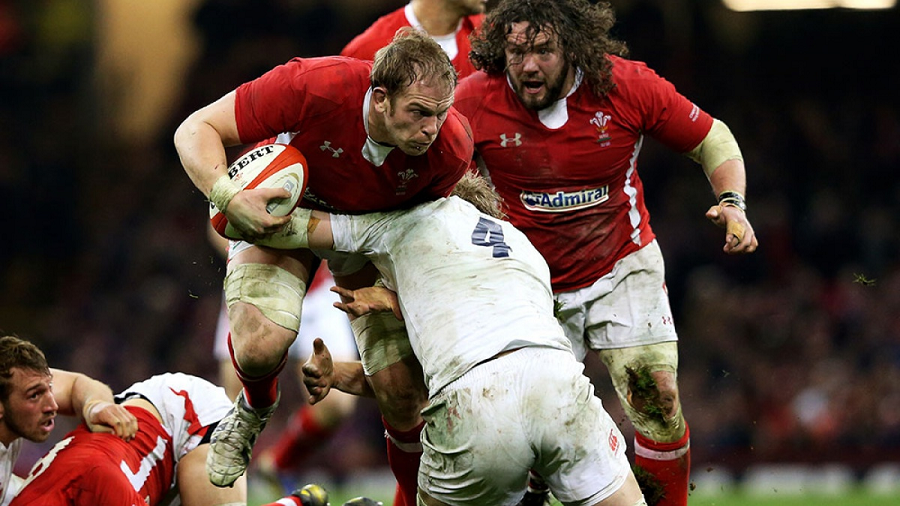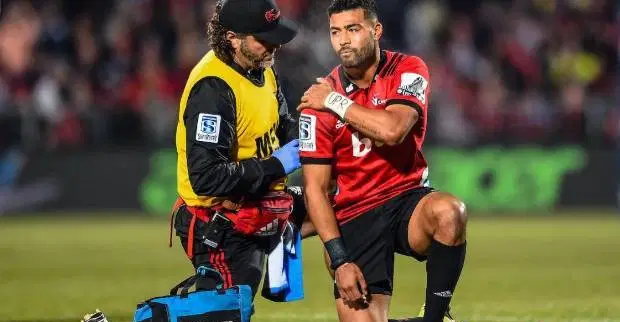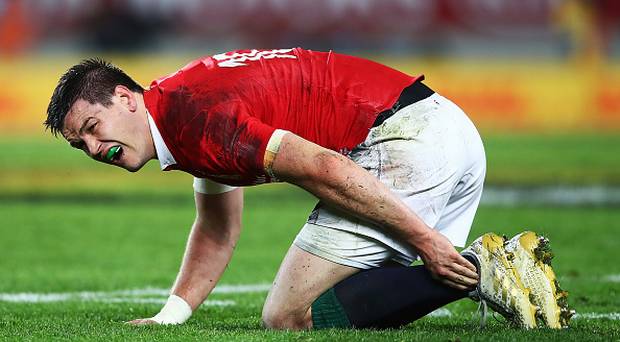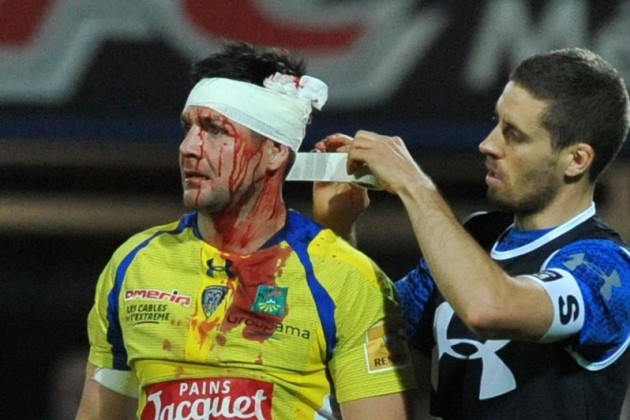
According to Physioworks, 1 out of 4 rugby players become wounded during one season. Because of the harsh call component of the game, it features not a surprise, as well as for players; it’s all part of the work. The most usual injuries are musculotendinous, which can range from minor strains to breaks and fractures, but what’s the very best method to return on the pitch? Read on as we explore five of the most usual rugby injuries and the roads to healing.
Muscular pressures as well as splits
Explained
Over 40{3186df88cc623d16bf1a81c25177849eb09b1b85a97396fe7c76b08eccad1807} of injuries on a rugby pitch are muscle stress or wounding. Stress can differ, it can cause damages to a muscle mass and/or its connecting tendons, or it can trigger damage to blood vessels which causes local blood loss as a result of inflammation of the nerves. Depending on the severity and type of the injury, symptoms, and signs, can vary from swelling or weakness of the muscle to a lack of ability to make use of the muscle at all.
Muscle rips are rated with a grade 2 tear which is felt instantly and stress on the muscle mass leading to discomfort. In contrast, a grade 3 tear involves the rupture of a muscle, as well as this causes agonizing pain and considerable bruising.
Healing
In many cases, individuals completely recuperate from muscle pressures, as well as it shouldn’t influence a player’s future in the game. One of the most usual muscle stresses in rugby is a hamstring injury as a result of unexpected sprinting. Below are some steps you can take to reduce healing time.
As soon as the injury takes place, use an ice pack, and keep the muscle stretched. Prevent applying warmth to the wound, as this can get worse with swelling and pain. After that relax the muscle as well as adhere to the protection, rest, ice, compression as well as elevation or the PRICE procedure. Hear your body and try to stay rested until the pain has substantially improved.
Decrease muscle discomfort with anti-inflammatory drugs and gels to make sure that you can utilize the muscle if needed.

Dislocations and fractures
Explained
The boosted physical needs of rugby mean that players are currently bigger and more powerful than they were a decade back. As these players clash right into each other, dislocations and cracks aren’t unusual. The fracture most typical in rugby is to the clavicle; this is typically due to a fall on the shoulder or going down over the line with an outstretched arm, and both can trigger substantial pressure onto the collarbone.
Can you remember Beau Robinson’s terrible elbow joint misplacement? The Queensland Reds’ flanker struggled with the injury in May 2011 throughout a game versus the Crusaders. He went back to the game much less than two months later after a fast healing program.
Healing
It relies on the degree of the misplacement or cracks. However, in either case, the rest is important.
A dislocated shoulder is another typical injury of the game as well as can take about 12 to 16 weeks to recuperate completely. The NHS recommends that you shouldn’t return to sport for a minimum of six weeks to three months if you have dislocated your shoulder. If you experience a comparable injury to Robinson, you should think about physical rehabilitation. This is due to the fact that an elbow joint that’s stable for an extended time might interfere with the range of activity and motion forever.

Ankle sprains
Explained
Ankle joint sprains or ankle ligament injuries are the reason for 1 out of 7 injuries in rugby. This happens when the ankle joint ligaments are overstretched as well as the pill that surrounding the joint ends up being damaged.
This can create blood loss, which causes a swollen ankle joint. It’s conveniently done by rolling over the ankle in the incorrect method as well as is tough to prevent, which is why it’s so common. You can tape as well as brace ankles to attempt and avoid this, as this method functions to reinforce the joint. Nevertheless, it’s not guaranteed protection.
Healing
You don’t constantly require an official medical diagnosis for a sprained ankle, particularly if symptoms are mild. But if you see a doctor for your injury, they’ll most likely grade your sprained ankle from one to 3:
- Grade 1: A moderate pressure that happens from overstretching. You’re able to put weight on your foot.
- Grade 2: A modest pressure which is a result of overstretching and partly tearing a tendon.
- Grade 3: A terrible sprain which happens when you entirely have a torn ligament. It’s really excruciating to take any weight on the foot.
It may months to fully recover from a sprained ankle as well as taking a blend of medicines, workouts, and self-care techniques. After the injury took place, for the first few days, you should follow the PRICE treatment once again to quicken healing.

Head injuries
Explained
As you can envision, a head injury is just one of the more serious injuries that can happen in a rugby game. Head injuries that do take place in which nearly 50{3186df88cc623d16bf1a81c25177849eb09b1b85a97396fe7c76b08eccad1807} are concussions. Other head injuries can be nasal fractures, lacerations, as well as shallow injuries.
No fan will ever forget split lips of Lachine Munro’s, which might have been the most extreme type of laceration that several fans had actually seen and that took him away from the game for 2 weeks.
Recovery
It’s important to take head injuries, particularly concussions, very seriously. It is thought that 80-90{3186df88cc623d16bf1a81c25177849eb09b1b85a97396fe7c76b08eccad1807} of concussion signs convenience in around 7-10 days; however, each situation is various. Follow the RTP (return to play) guidelines to learn more.
Shallow injuries take less time to recover, and after stitches, some players return onto the pitch. Again, injuries like this are hard to prevent; however, you can wear safety headwear to help shield against brain injuries and concussions.
Overuse injuries
Discussed
As with many sporting activities, players have a tendency to utilize the exact same muscle repeatedly, which can lead to overdoing of injuries. Because of the extreme degree of running that’s associated with the game, rugby players are vulnerable iliotibial band (ITB) syndrome. This is where the ITB ligament, a thick band of tissue that runs down the length of the upper leg becomes tight or irritated, and it can cause a lot of discomforts.
Troubles with this area typically occur towards completion of the period when gamers have actually been straining the ligament. The most effective way to treat the syndrome is by relaxing and preventing any task that involves the band. Massages, ice bag, anti-inflammatory medications, as well as ultrasound, can likewise aid.

